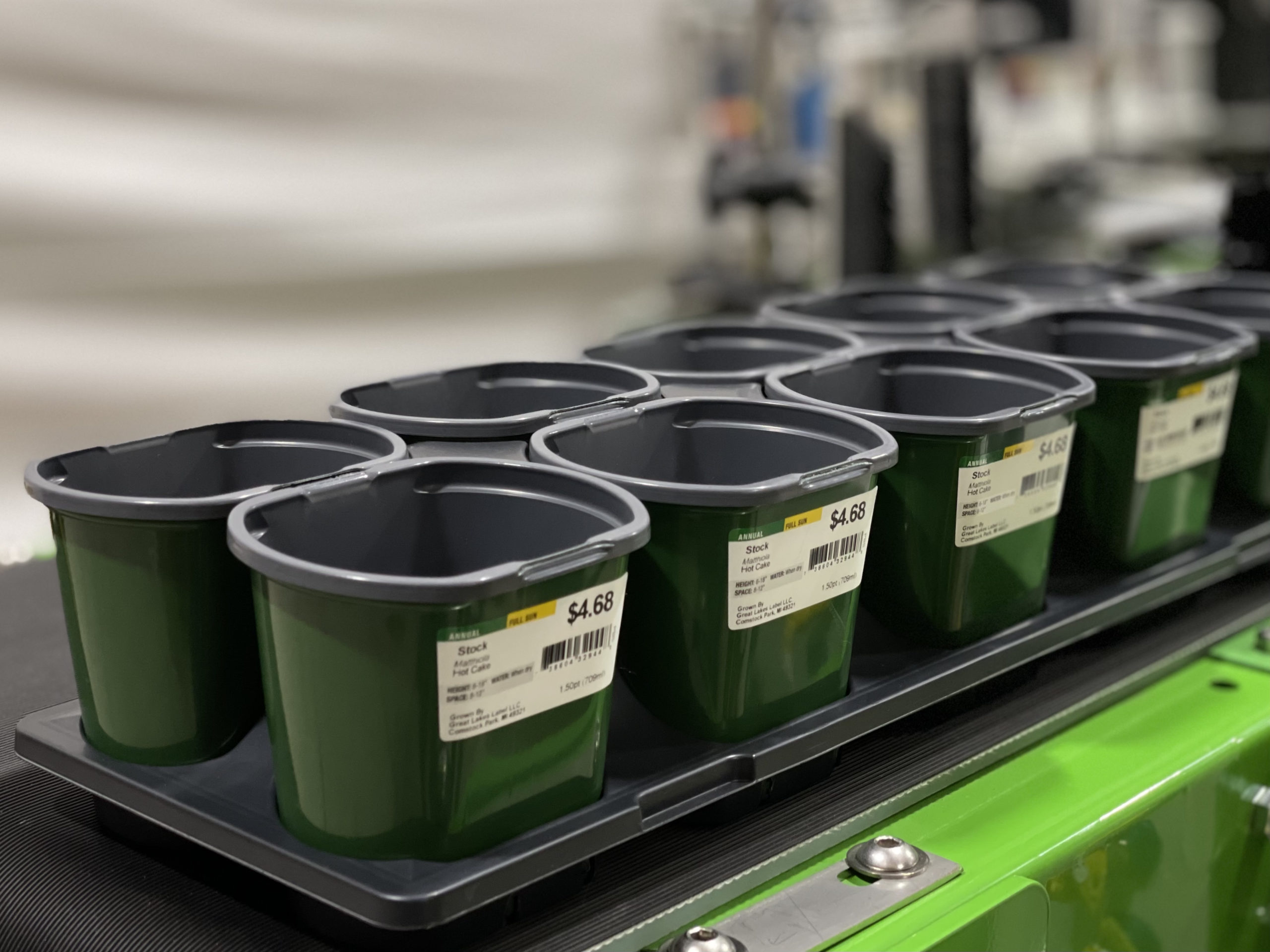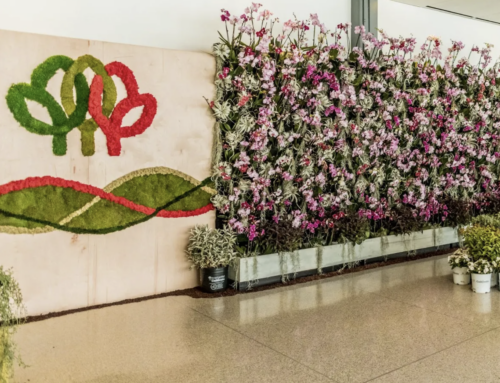Do you wonder where the horticulture industry is currently, in the present, and where it seems to be going in the future?
Check out this article by Greenhouse Grower describing “The Present and The Future of Plant Pots, Trays, Containers, and Tags”
Suppliers of trays, containers, labels, and tags have had it rough during the pandemic. While demand for these products is at an all-time high, the companies face shortages and have had to delay shipments.
What is the culprit? It’s the supply chain, which is making it difficult to keep up with demand, from finding labor for trucks to moving product to petroleum shortages.
But every challenge brings innovation, and suppliers are now looking for new strategies to avoid these situations.
What Is Happening with the Supply Chain?
During the great lockdowns of 2020, bottlenecks began to develop within the supply chain. Similar to other industries’ struggles during the early days of the pandemic, everything was at a standstill.
For plastics, a big issue came from a shortage of petroleum, which raised prices when demand was ever-increasing.
But 2020 saw more than just a pandemic. Mother Nature would bring weather anomalies, too, which only made shipments slower.
“The industry is experiencing many raw material supply chain disruptions. Adhesives and film-face sheets in our industry are large petroleum consumers,” says Tony Cook, CEO of Great Lakes Label. “There are various reasons for this. Starting with the pandemic, then the Houston freeze, and shut down of petroleum refineries, followed up by the East Coast Pipeline Ransom shutdown, and now, we are having labor shortages.”
According to Cook, these issues have led to increased shipping lead times of up to six weeks around the country. This meant consumers waited quite a bit of time when demand could not be higher. These shortages seem to be ending as the world begins to open again, according to Cook, who says he is confident there is a light at the end of this tunnel.
“The petroleum shortages are finally leveling out, and many raw material mills have slowly added additional capacity again,” Cook says. “Lead times are still out between one to six weeks, but delays seem to be leveling out, and industry analysts are expecting it to return back to normal by the end of the first quarter of 2022.”
Why Is Sustainability so Important?
One way suppliers are trying to avoid these supply chain issues in the future is to focus their efforts on sustainability.
Avoiding the need for new plastics and using what is already made removes the dependency on the petroleum industry.
One company pushing for more sustainability is East Jordan Plastics. The company recycles more than 15 million pounds of used horticultural containers annually. The program is part of East Jordan’s Closing the Loop project, where it works to reuse, reduce, recover, and recycle 100% of its plastics.
Another company looking to close the loop is Proven Winners, which teamed up with SelfEco, LLC, to develop the Eco+ Grande pot. The pot is made from plant starches, allowing it to be buried in any garden and composted.
While it’s nice to make a sustainable product, the product must work for all three major pillars of the industry: corporate growers, retailers, and home gardeners.
“It has to work for the corporate growers, the industrial growers,” says Danny Mishek, President of SelfEco, LLC. “We also can’t forget about the retail side. If it doesn’t look nice for retail, home gardeners don’t buy it.”
It is a balancing act, according to Mishek, but sustainability is so important because younger gardeners are starting to demand it.
“They are wanting products that are made sustainably from the very beginning,” says Marshall Dirks, Director of Marketing at Proven Winners. “It’s because young people recognize that the recycling chain is broken.”
Recycling Is not Enough
Recycling is just one part of the process. It is also important for companies to use that recycled material. Otherwise, the unused containers will end up
in landfills.Therefore, it’s important to have circular design in mind. This means your product both comes from recyclable materials and can be recycled itself.
Julie Ellis, Senior Director of Client Services at Orora Visual, has shown it can be done by using plastics that are 100% recyclable with Orora’s new line of eco-friendly pots and labels.
“We have been working with Summit Plastics on a fully recyclable set of grower’s plastic needs,” Ellis says. “These plastic pots and labels are not only recyclable themselves but are made from up to 100% recycled materials.”
Other companies have taken a different approach where they take away the need for recycled plastics and use organic material in its place.
To be truly sustainable, Mishek argues, it’s important to close the circle by removing the need for plastic altogether. This is because plastic and paper will eventually become unrecyclable.
“Recycling is not endless. You can’t do something endlessly except for glass and metals,” Mischek says. “Paper and plastic can only be recycled three to five times before it aggregates so much that it doesn’t keep its main properties.”
– Go to full article on Greenhouse Grower website.




